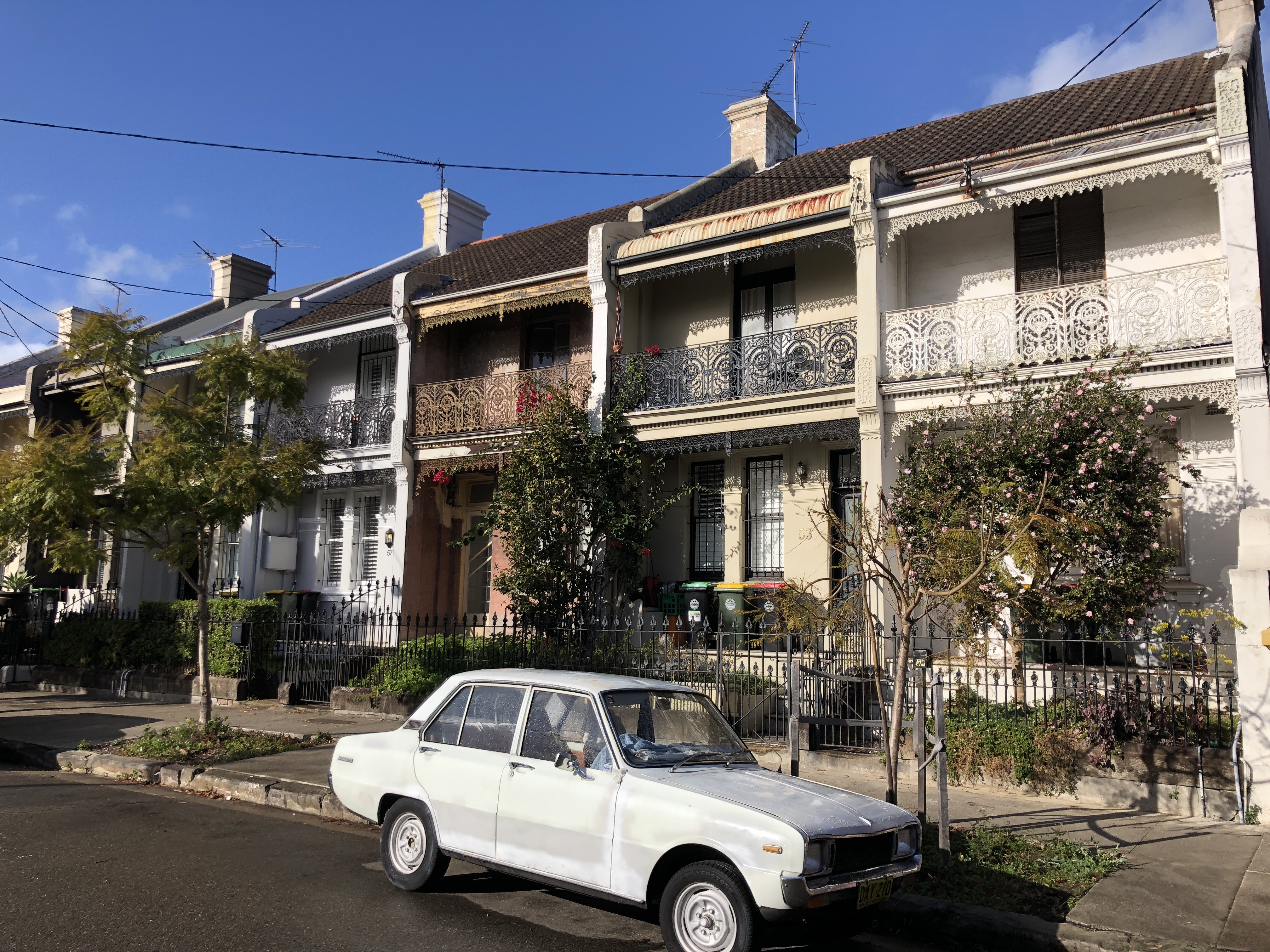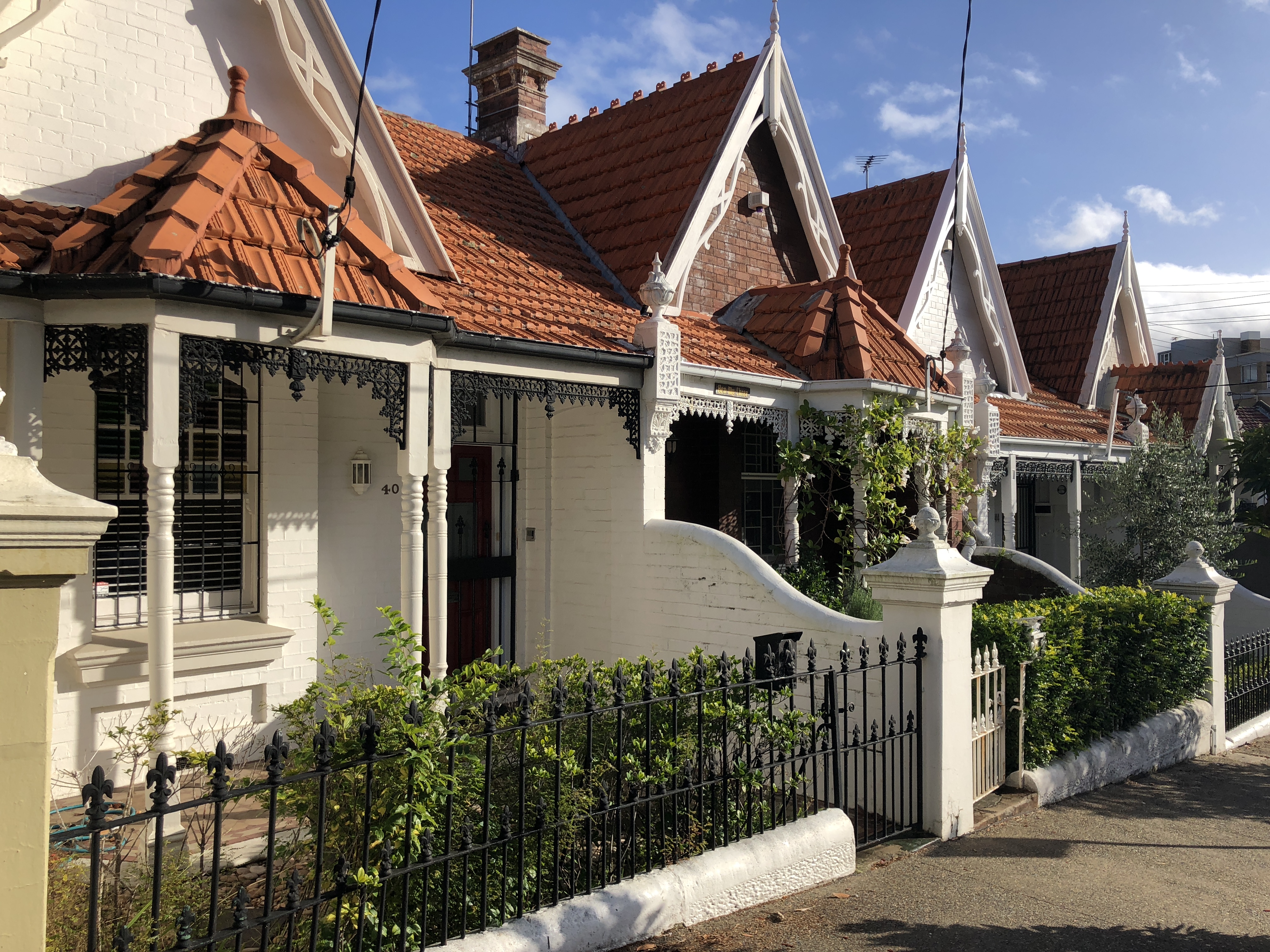Mixed feelings over Sydney's medium density housing code
Contact
Mixed feelings over Sydney's medium density housing code
While the NSW Government's medium density code is sparking a backlash from local councils, some argue it's actually positive news for baby boomers.
The backlash against the NSW government's medium density housing code is strengthening.
The new code, which was announced by the State Government in April, would essentially make it easier for homeowners to subdivide suburban lots into terraces or so-called manor homes under a fast-tracked complying development process. Under the new code, dual occupancies could be permitted to be built and subdivided into lots with a site area as small as 450sqm. This has provoked a backlash from councilors and residents, who argue the rapid growth in apartments is fast outpacing infrastructure in parts of the city and will not be able to cope with the extra housing developments.
Four councils have now been granted a 12-month delay of the new rules, while another five are seeking a deferral.
Ryde, Canterbury Bankstown, Lane Cove and Northern Beaches councils have been granted a deferral of the code until July 2019, while Randwick, Georges River, Sutherland, Hawkesbury and Strathfield have sought, or are seeking an exemption to the code.
Related reading: Gold Coast downsizers favouring dual living properties
The NSW Planning Minister, Anthony Roberts, has already suspended the code in the City of Canterbury Bankstown and the City of Ryde after both councils argued the areas weren't suitable for the accelerated development.

Terrace housing in Sydney. Image supplied by WILLIAMS MEDIA.
Other councils have also indicated they would like to halt the introduction of the code.
"At Council's meeting on 28 May 2018, concerns about the potential effects of the Code were raised by Councillor Landsberry. Council resolved to raise these concerns directly with the NSW Government and seek an exemption from the Code until our planning controls have been adjusted to restrict this type of development to appropriate zones," a spokesperson for the Georges River Council told WILLIAMS MEDIA.
The spokesperson told WILLIAMS MEDIA that if implemented, the code would have a major impact on the local area.
"If the Code was to be introduced, it would allow for dual occupancies, terrace housing and 'manor' homes in R2 and R3 residential zones under the Hurstville Local Environmental Plan, and in the R3 residential zone under the Kogarah Local Environmental Plan.
"This could potentially mean more than 10,000 lots in the Local Government Area could be affected by the Code. The Code is likely to significantly increase the number of dwellings permitted in low-density areas, and will impact on traffic, availability of car parking, parks, and open spaces, a loss of trees, and sporting facilities becoming overcrowded," they said.
 Terrace housing in Sydney. Image supplied by WILLIAMS MEDIA.
Terrace housing in Sydney. Image supplied by WILLIAMS MEDIA.
Randwick Mayor, Lindsay Shurey, said the council needs more time to consider the impact the code will have.
"The areas where this change will hit the hardest are around Maroubra, Matraville, and Chifley in the south of our city. These areas are already poorly serviced by public transport and the roads are busy, schools are filling up and residents have already seen density increases," she said.
Meanwhile, Di Jones CEO, Rob Ward, has come out in support for the new code, saying that the planning laws will address the needs of baby boomers.
"We hope that the new code which will allow one and two-story dual occupancies, manor houses and terraces to be carried out under a fast track complying development approval will create housing choices for baby boomers, allowing them to downsize and free up housing stock for families," he said.
"The issue with the Sydney market over recent years has been that baby boomers are the first generation who are living for 30 years after retirement," he said.
"Faster housing approvals and the more diverse range of housing options which are created by the code should help to reduce pressure on the market," he said.
Read more about the Sydney medium density code here and read the legislation here.
Related reading:
New NSW housing code to boost the 'missing middle' in Sydney






